Backyard Napa Cabbage Growing: Ever dream of strolling into your garden and harvesting crisp, juicy Napa cabbage for a delicious stir-fry or kimchi? I know I have! There’s something incredibly satisfying about growing your own food, and Napa cabbage is surprisingly easier to cultivate than you might think, even if you don’t have acres of land.
For centuries, Napa cabbage has been a staple in Asian cuisine, particularly in Korea and China. Its mild flavor and versatility have made it a beloved ingredient in everything from soups and salads to fermented dishes like kimchi, a cornerstone of Korean culture. Imagine bringing that rich culinary history right to your own table, grown with your own two hands!
But why should *you* try backyard Napa cabbage growing? Well, store-bought produce can be expensive and sometimes lacks the freshness and flavor of homegrown vegetables. Plus, knowing exactly where your food comes from and how it was grown gives you peace of mind. This DIY guide will provide you with simple, effective tricks and hacks to successfully grow Napa cabbage in your backyard, regardless of your gardening experience. We’ll cover everything from seed starting to pest control, ensuring you have a bountiful harvest. Get ready to transform your backyard into a mini Napa cabbage farm!
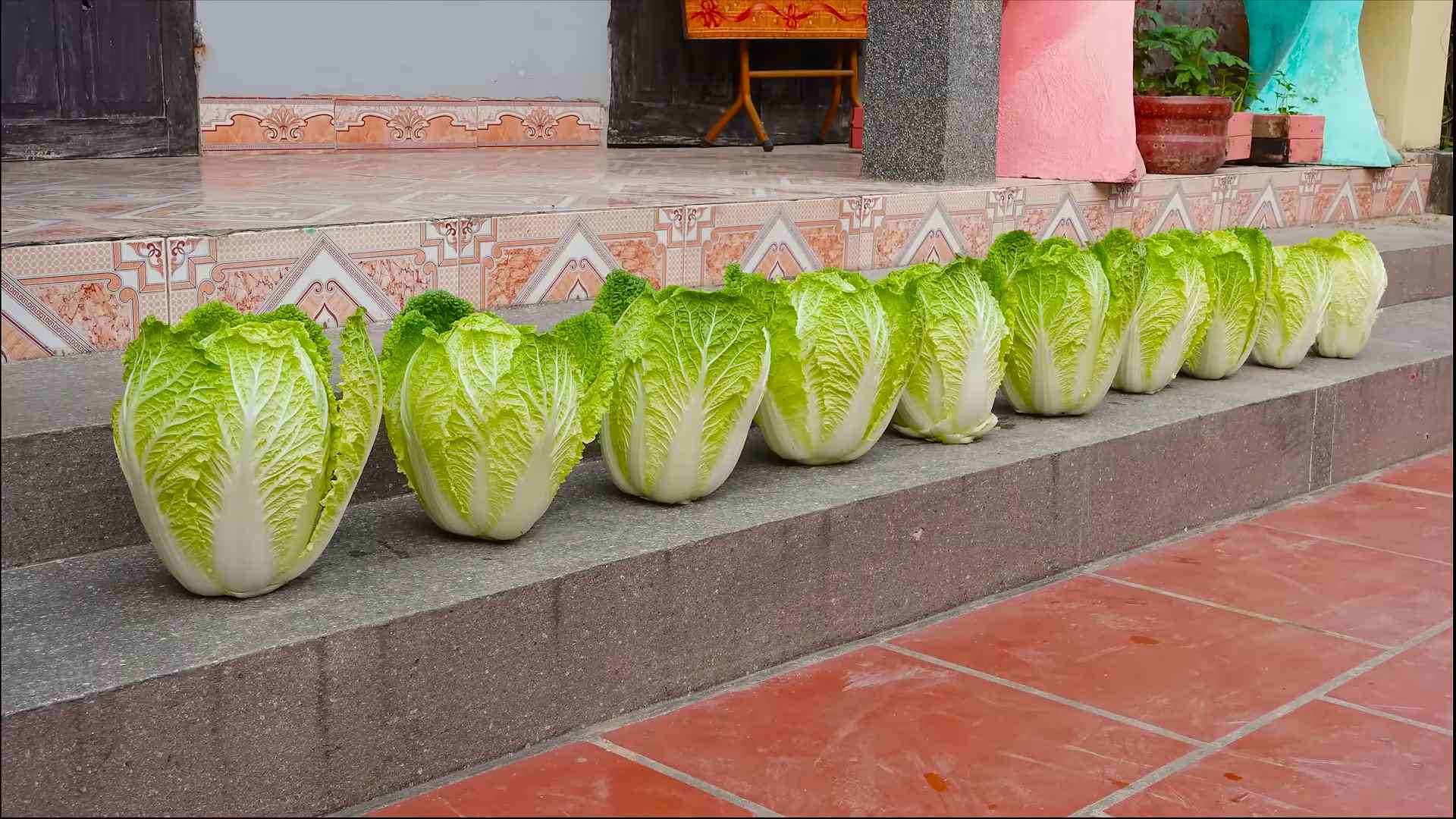
Growing Napa Cabbage in Your Backyard: A DIY Guide
Hey there, fellow gardeners! Ever dreamt of having fresh, crisp Napa cabbage right outside your back door? Well, dream no more! I’m going to walk you through the process of growing your own Napa cabbage, from seed to harvest. It’s easier than you might think, and the taste of homegrown Napa is simply unbeatable. Let’s get started!
Choosing the Right Variety and Timing
First things first, let’s talk about variety and timing. Napa cabbage is a cool-season crop, meaning it thrives in cooler temperatures. Planting at the wrong time can lead to bolting (going to seed prematurely), which makes the cabbage bitter and unusable.
* Variety Selection: Look for varieties that are known for their disease resistance and suitability to your local climate. Some popular choices include ‘Blues’, ‘Optiko’, and ‘China Pride’. I personally had great success with ‘Blues’ last year – the heads were huge and delicious!
* Timing is Key: Napa cabbage needs about 75-85 days to mature. The ideal planting times are either in early spring (as soon as the ground can be worked) or late summer for a fall harvest. For a spring crop, start seeds indoors about 4-6 weeks before the last expected frost. For a fall crop, direct sow seeds in the garden about 8-10 weeks before the first expected frost. I usually aim for a late July/early August planting for my fall crop.
Preparing the Soil
Napa cabbage needs rich, well-drained soil to thrive. Before planting, it’s crucial to amend your soil with plenty of organic matter.
* Soil Testing: Ideally, get your soil tested to determine its pH and nutrient levels. Napa cabbage prefers a slightly acidic to neutral pH of 6.0 to 7.5.
* Amending the Soil: If your soil is heavy clay or sandy, amend it with compost, well-rotted manure, or other organic matter. This will improve drainage, aeration, and nutrient retention. I like to add a generous layer of compost (about 2-3 inches) and work it into the top 6-8 inches of soil.
* Fertilizing: Napa cabbage is a heavy feeder, so it needs plenty of nutrients. Before planting, incorporate a balanced fertilizer into the soil. Look for a fertilizer with a ratio of 10-10-10 or something similar. Follow the package instructions for application rates. I also like to add some bone meal to the soil – it provides phosphorus, which is essential for root development.
Starting Seeds Indoors (Optional)
If you’re starting seeds indoors for a spring crop, here’s what you need to do:
1. Gather Your Supplies: You’ll need seed starting trays or pots, seed starting mix, Napa cabbage seeds, a spray bottle, and a grow light (optional, but highly recommended).
2. Sow the Seeds: Fill the trays or pots with seed starting mix. Moisten the mix with the spray bottle. Sow 2-3 seeds per cell or pot, about ¼ inch deep.
3. Provide Light and Warmth: Place the trays or pots in a warm location (around 70-75°F) and under a grow light. If you don’t have a grow light, place them near a sunny window, but be sure to rotate them regularly to prevent them from leaning towards the light.
4. Keep the Soil Moist: Water the seedlings regularly, keeping the soil consistently moist but not soggy. Use the spray bottle to avoid overwatering.
5. Thin the Seedlings: Once the seedlings have their first true leaves (the second set of leaves), thin them to one seedling per cell or pot. Snip off the weaker seedlings at the soil line with scissors.
6. Harden Off the Seedlings: About a week before transplanting the seedlings outdoors, you’ll need to harden them off. This means gradually exposing them to outdoor conditions. Start by placing them outside for a few hours each day, gradually increasing the amount of time they spend outdoors. Protect them from direct sunlight and strong winds.
Transplanting Seedlings or Direct Sowing
Whether you started seeds indoors or are direct sowing, here’s how to get your Napa cabbage into the garden:
1. Choose a Sunny Location: Napa cabbage needs at least 6 hours of sunlight per day.
2. Prepare the Planting Bed: Make sure the soil is loose and well-drained. Amend with compost and fertilizer as needed.
3. Transplanting Seedlings: Dig holes that are slightly larger than the root balls of the seedlings. Space the holes about 12-18 inches apart. Gently remove the seedlings from their trays or pots and place them in the holes. Backfill with soil and water thoroughly.
4. Direct Sowing: Sow seeds about ½ inch deep and 1-2 inches apart in rows that are 12-18 inches apart. Once the seedlings emerge, thin them to 12-18 inches apart.
5. Watering: Water the newly transplanted seedlings or direct-sown seeds regularly, keeping the soil consistently moist.
Caring for Your Napa Cabbage
Once your Napa cabbage is in the ground, it’s important to provide proper care to ensure a healthy and abundant harvest.
* Watering: Napa cabbage needs consistent moisture, especially during hot, dry weather. Water deeply and regularly, aiming for about 1-1.5 inches of water per week. I like to use a soaker hose or drip irrigation to deliver water directly to the roots.
* Fertilizing: Side-dress your Napa cabbage with a nitrogen-rich fertilizer about 3-4 weeks after transplanting or when the seedlings are about 4-6 inches tall. This will help promote leafy growth. I use a fish emulsion fertilizer diluted according to the package instructions.
* Weeding: Keep the area around your Napa cabbage free of weeds. Weeds compete with the cabbage for water and nutrients. Hand-pull weeds regularly or use a hoe to cultivate the soil.
* Mulching: Apply a layer of mulch around your Napa cabbage to help retain moisture, suppress weeds, and regulate soil temperature. I like to use straw or shredded leaves as mulch.
* Pest Control: Napa cabbage is susceptible to several pests, including cabbage worms, aphids, and flea beetles. Monitor your plants regularly for signs of infestation.
* Cabbage Worms: These green caterpillars can quickly devour the leaves of your Napa cabbage. Hand-pick them off the plants or use Bacillus thuringiensis (Bt), a biological insecticide that is safe for humans and pets.
* Aphids: These small, sap-sucking insects can weaken your plants. Spray them off with a strong stream of water or use insecticidal soap.
* Flea Beetles: These tiny beetles can create small holes in the leaves of your Napa cabbage. Cover your plants with row covers to prevent them from reaching the plants. You can also use diatomaceous earth, a natural insecticide.
* Disease Control: Napa cabbage can also be affected by several diseases, including clubroot and downy mildew.
* Clubroot: This soilborne disease causes swollen, distorted roots. Prevent clubroot by practicing crop rotation and maintaining a soil pH of 7.0 or higher.
* Downy Mildew: This fungal disease causes yellow spots on the upper surface of the leaves and a white, downy growth on the underside. Improve air circulation around your plants and avoid overhead watering to prevent downy mildew. You can also use a fungicide if necessary.
Harvesting Your Napa Cabbage
The moment you’ve been waiting for! Harvesting your homegrown Napa cabbage is incredibly satisfying.
1. Timing: Napa cabbage is typically ready to harvest about 75-85 days after planting. The heads should be firm and compact.
2. Harvesting: Use a sharp knife to cut the head of cabbage from the base of the plant. Leave a few outer leaves on the plant to protect the cut surface.
3. Storage: Store your Napa cabbage in the refrigerator for up to 2-3 weeks. Wrap it loosely in plastic wrap or place it in a plastic bag.
Troubleshooting
Even with the best care, you might encounter some problems while growing Napa cabbage. Here are a few common issues and how to address them:
* Bolting (Premature Flowering): This is often caused by hot weather or inconsistent watering. Choose heat-tolerant varieties and provide consistent moisture to prevent bolting.
* Small Heads: This can be caused by poor soil, insufficient nutrients, or overcrowding. Amend your soil with compost and fertilizer, and thin your plants to the proper spacing.
* Splitting Heads: This is often caused by uneven watering. Provide consistent moisture, especially during dry spells.
Enjoying Your Harvest
Now that you’ve harvested your Napa cabbage, it’s time to enjoy the fruits (or vegetables!) of your labor. Napa cabbage is
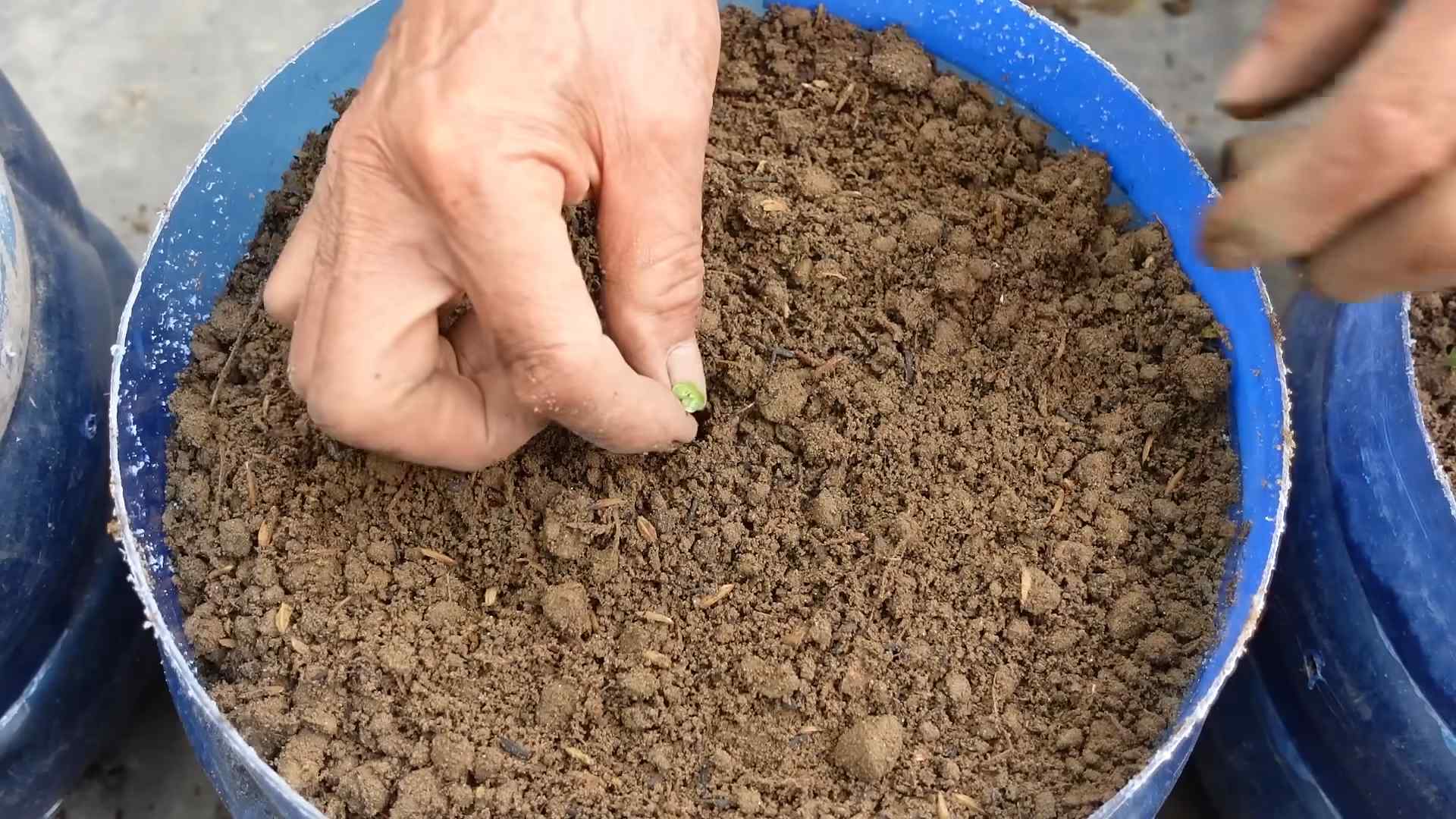
Conclusion
So, there you have it! Growing your own Napa cabbage in your backyard isn’t just a gardening project; it’s a gateway to fresher, more flavorful meals and a deeper connection with the food you eat. We’ve walked through the steps, addressed potential challenges, and hopefully, inspired you to give it a try.
Why is this DIY trick a must-try? Because store-bought Napa cabbage simply can’t compare to the vibrant crispness and subtle sweetness of a head you’ve nurtured yourself. You control the growing conditions, ensuring it’s free from unwanted pesticides and harvested at its peak ripeness. Plus, there’s an undeniable satisfaction in bringing a dish to the table featuring ingredients you’ve grown with your own hands. It’s a rewarding experience that extends far beyond the kitchen.
But don’t stop there! Experiment with different varieties of Napa cabbage. Some are more compact, perfect for smaller gardens, while others boast a slightly different flavor profile. Consider companion planting to deter pests naturally. Marigolds, for example, are known to repel nematodes and other unwanted visitors. You can also adjust the planting schedule to extend your harvest season. Succession planting, where you sow seeds every few weeks, will ensure a continuous supply of fresh Napa cabbage throughout the growing season.
Think about pickling your Napa cabbage to make kimchi, a delicious and probiotic-rich Korean staple. Or use it in stir-fries, salads, or even grilled as a unique side dish. The possibilities are endless!
We truly believe that anyone, regardless of their gardening experience, can successfully grow Napa cabbage in their backyard. It requires a little patience and attention, but the rewards are well worth the effort.
So, grab your seeds, prepare your soil, and get ready to embark on this exciting gardening adventure. We’re confident that you’ll be amazed by the results. And most importantly, we want to hear about your experience! Share your tips, tricks, and triumphs in the comments below. Let’s build a community of backyard Napa cabbage growers and learn from each other. What challenges did you face? What varieties did you try? What are your favorite ways to use your homegrown Napa cabbage? Your insights will help other aspiring gardeners and inspire us all to keep growing! Don’t hesitate to share pictures of your beautiful Napa cabbage harvests. Let’s celebrate the joy of homegrown goodness together!
Remember, the freshest, most flavorful Napa cabbage is the one you grow yourself. So, get out there and start planting!
Frequently Asked Questions (FAQ)
What is the best time of year to plant Napa cabbage?
The best time to plant Napa cabbage depends on your climate. Napa cabbage is a cool-season crop, meaning it thrives in cooler temperatures and shorter days. In most regions, the ideal planting times are either early spring or late summer/early fall.
* **Spring Planting:** If you’re in a region with mild winters, you can start seeds indoors 6-8 weeks before the last expected frost. Transplant seedlings outdoors after the danger of frost has passed. Be mindful of bolting (premature flowering) if temperatures rise too quickly.
* **Fall Planting:** This is often the preferred method, especially in areas with hot summers. Plant seeds directly in the garden in late summer or early fall, about 6-8 weeks before the first expected frost. The cooler temperatures will promote healthy growth and prevent bolting.
Check your local frost dates and adjust your planting schedule accordingly.
How much sunlight does Napa cabbage need?
Napa cabbage requires at least 6 hours of direct sunlight per day to thrive. Choose a location in your garden that receives ample sunlight throughout the day. If you live in a particularly hot climate, some afternoon shade can be beneficial to prevent the leaves from scorching.
What type of soil is best for growing Napa cabbage?
Napa cabbage prefers well-drained, fertile soil that is rich in organic matter. Amend your soil with compost or well-rotted manure before planting to improve drainage and fertility. The ideal soil pH for Napa cabbage is between 6.0 and 7.5. A soil test can help you determine your soil’s pH and nutrient levels.
How often should I water my Napa cabbage?
Napa cabbage needs consistent moisture to grow properly. Water deeply and regularly, especially during dry periods. Aim to keep the soil consistently moist but not waterlogged. Mulching around the plants can help retain moisture and suppress weeds.
What are some common pests and diseases that affect Napa cabbage?
Napa cabbage is susceptible to several pests and diseases, including:
* **Cabbage worms:** These caterpillars can devour the leaves of your Napa cabbage. Handpicking them off the plants or using Bacillus thuringiensis (Bt), a natural insecticide, can help control them.
* **Aphids:** These small, sap-sucking insects can weaken plants. Spraying them with a strong stream of water or using insecticidal soap can help control them.
* **Flea beetles:** These tiny beetles can create small holes in the leaves. Covering the plants with row covers can help prevent flea beetle damage.
* **Clubroot:** This soilborne disease can cause stunted growth and swollen roots. Crop rotation and maintaining a proper soil pH can help prevent clubroot.
* **Downy mildew:** This fungal disease can cause yellow spots on the leaves. Improving air circulation and avoiding overhead watering can help prevent downy mildew.
Regularly inspect your plants for signs of pests or diseases and take action promptly to prevent them from spreading.
How do I harvest Napa cabbage?
Napa cabbage is ready to harvest when the head is firm and compact. The exact time will depend on the variety and growing conditions, but typically it takes about 70-80 days from planting. To harvest, simply cut the head off at the base with a sharp knife.
Can I grow Napa cabbage in containers?
Yes, you can grow Napa cabbage in containers, but you’ll need to choose a large container (at least 12 inches in diameter) to accommodate the plant’s root system. Use a well-draining potting mix and provide regular watering and fertilization. Container-grown Napa cabbage may require more frequent watering than plants grown in the ground.
How do I store Napa cabbage after harvesting?
Store Napa cabbage in the refrigerator in a plastic bag or container. It will keep for several weeks. You can also ferment Napa cabbage to make kimchi, which will extend its shelf life even further.
What are some good companion plants for Napa cabbage?
Good companion plants for Napa cabbage include:
* **Marigolds:** Repel nematodes and other pests.
* **Dill:** Attracts beneficial insects that prey on cabbage worms.
* **Chamomile:** Attracts beneficial insects and improves soil health.
* **Mint:** Repels cabbage moths.
* **Garlic:** Repels aphids and other pests.
Avoid planting Napa cabbage near other members of the brassica family (e.g., broccoli, cauliflower, kale), as they can attract the same pests and diseases.
My Napa cabbage is bolting (going to seed). What can I do?
Bolting occurs when Napa cabbage is exposed to stress, such as high temperatures or inconsistent watering. Once a plant bolts, the leaves become bitter and less palatable. Unfortunately, there’s not much you can do to reverse bolting. You can try harvesting the remaining leaves, but they may not be as flavorful. To prevent bolting, choose bolt-resistant varieties, plant at the appropriate time of year, and provide consistent watering and fertilization.

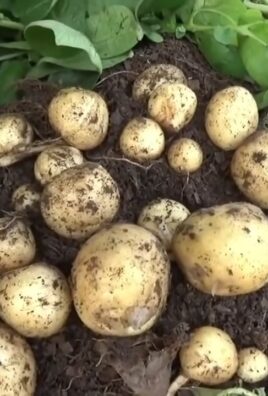
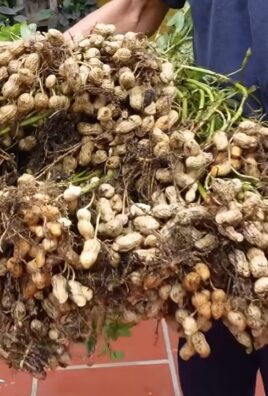
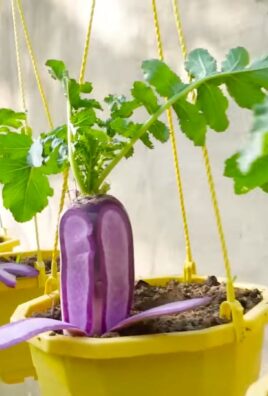
Leave a Comment